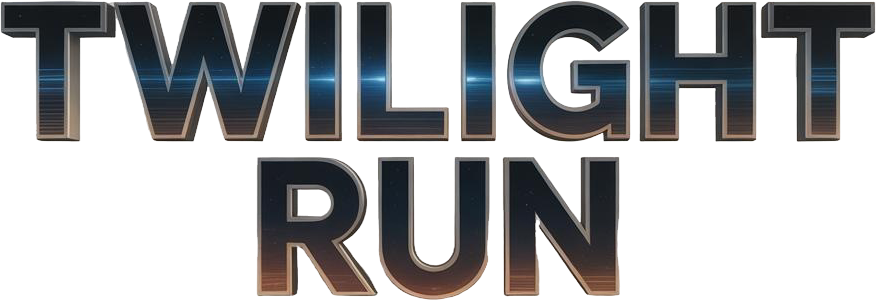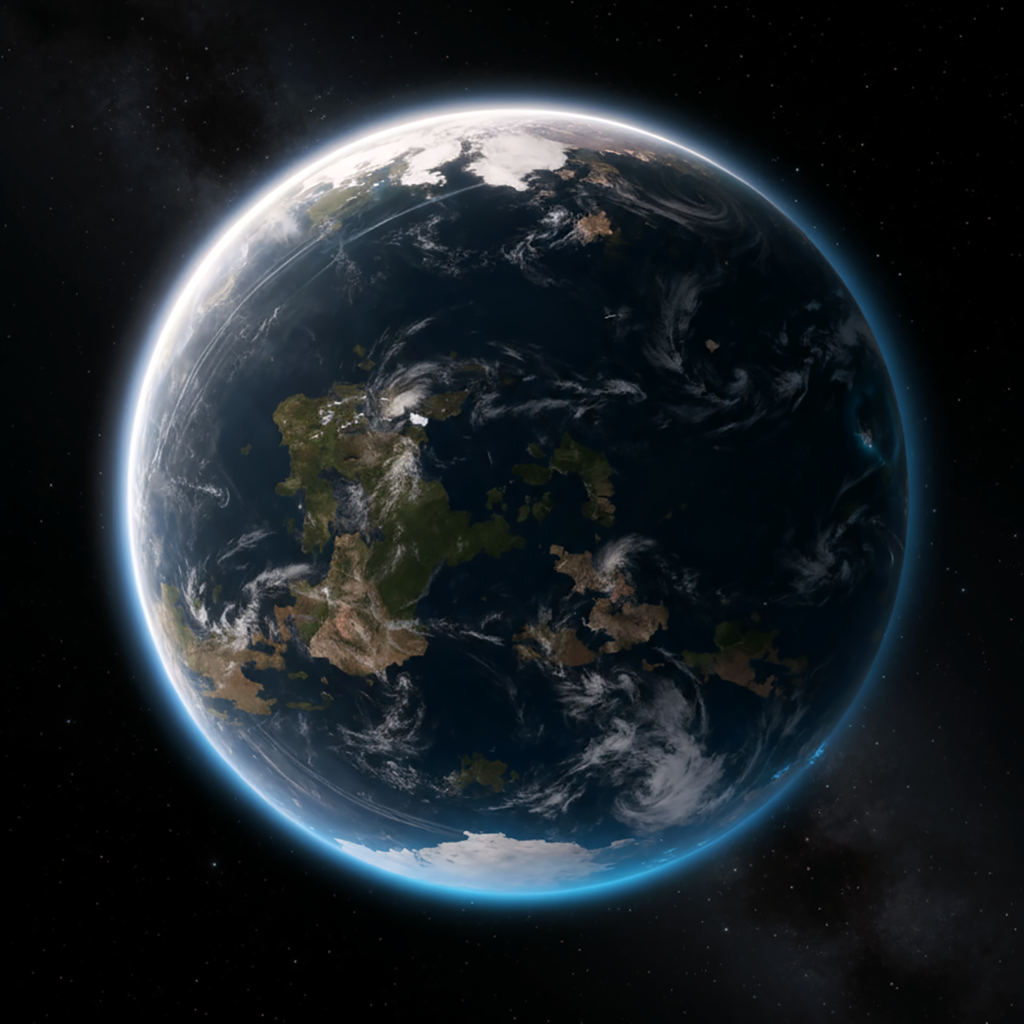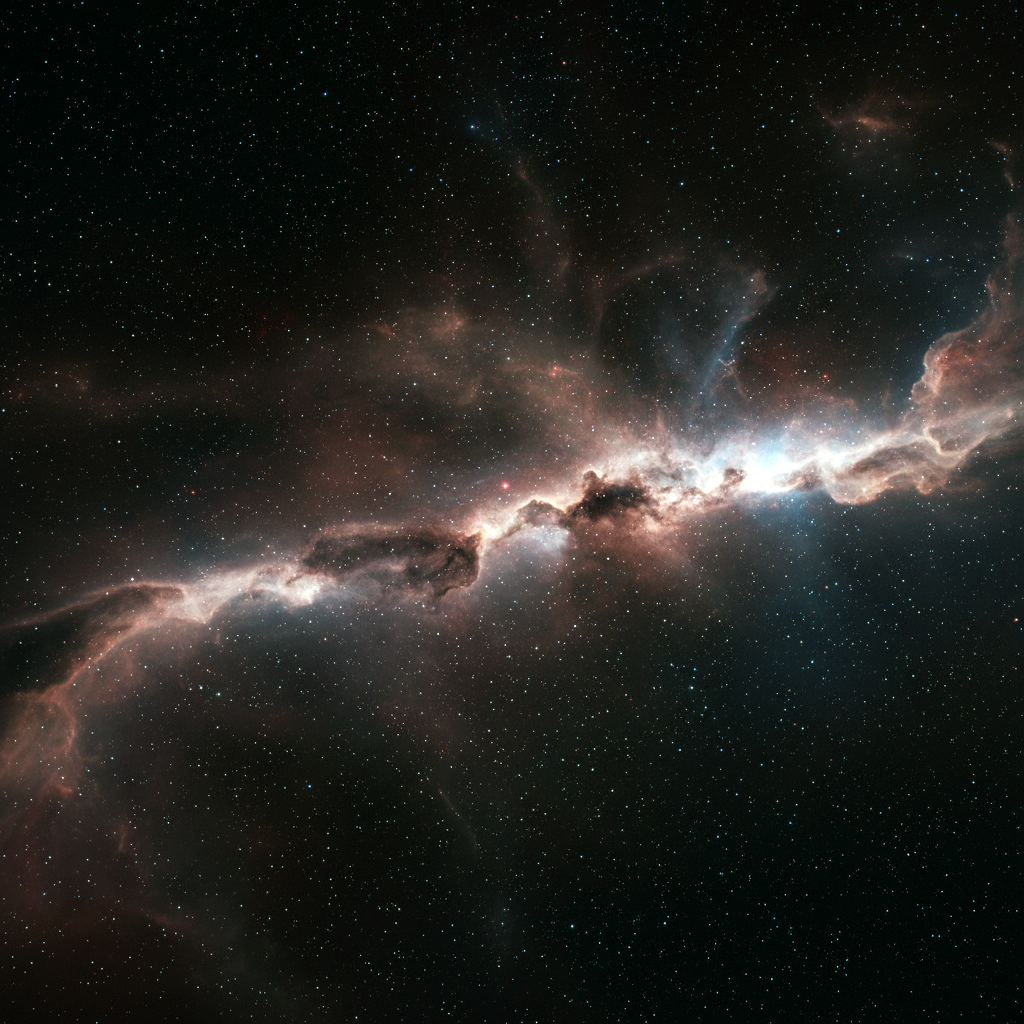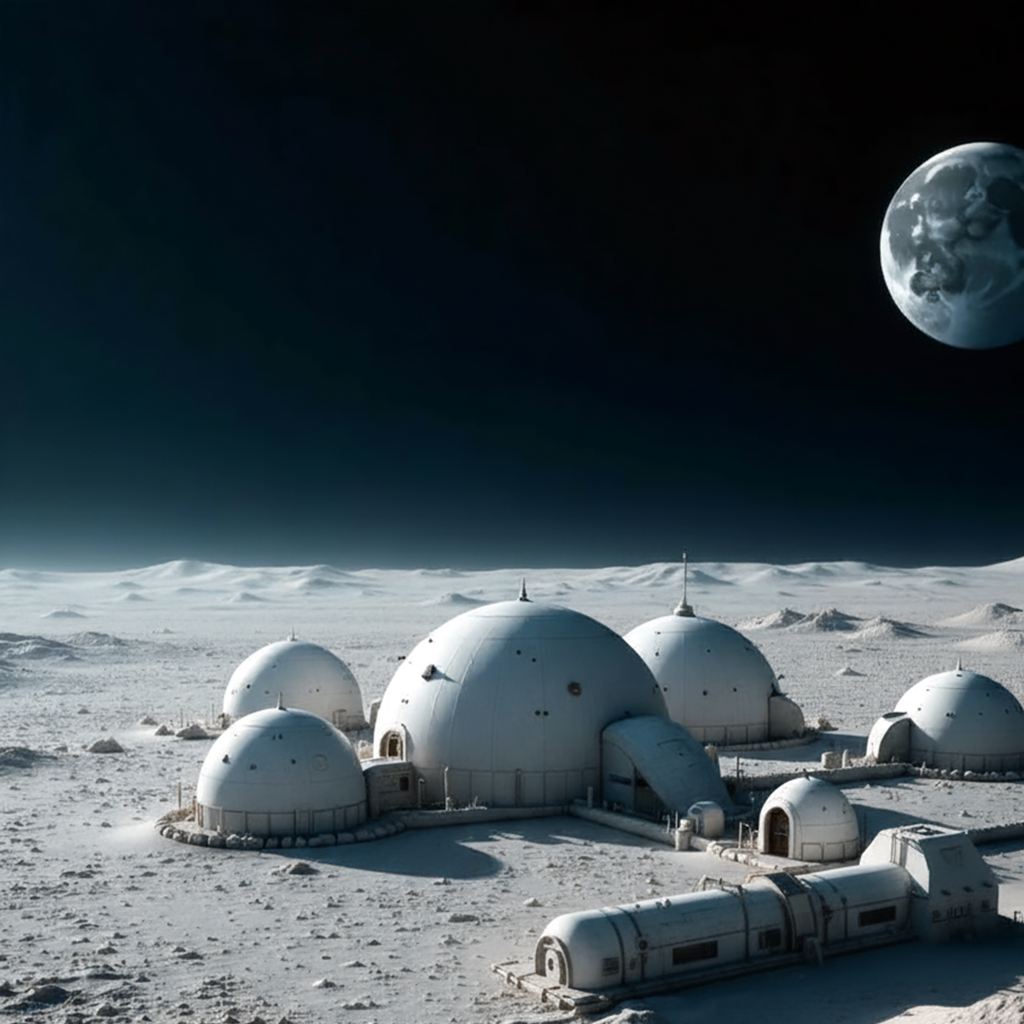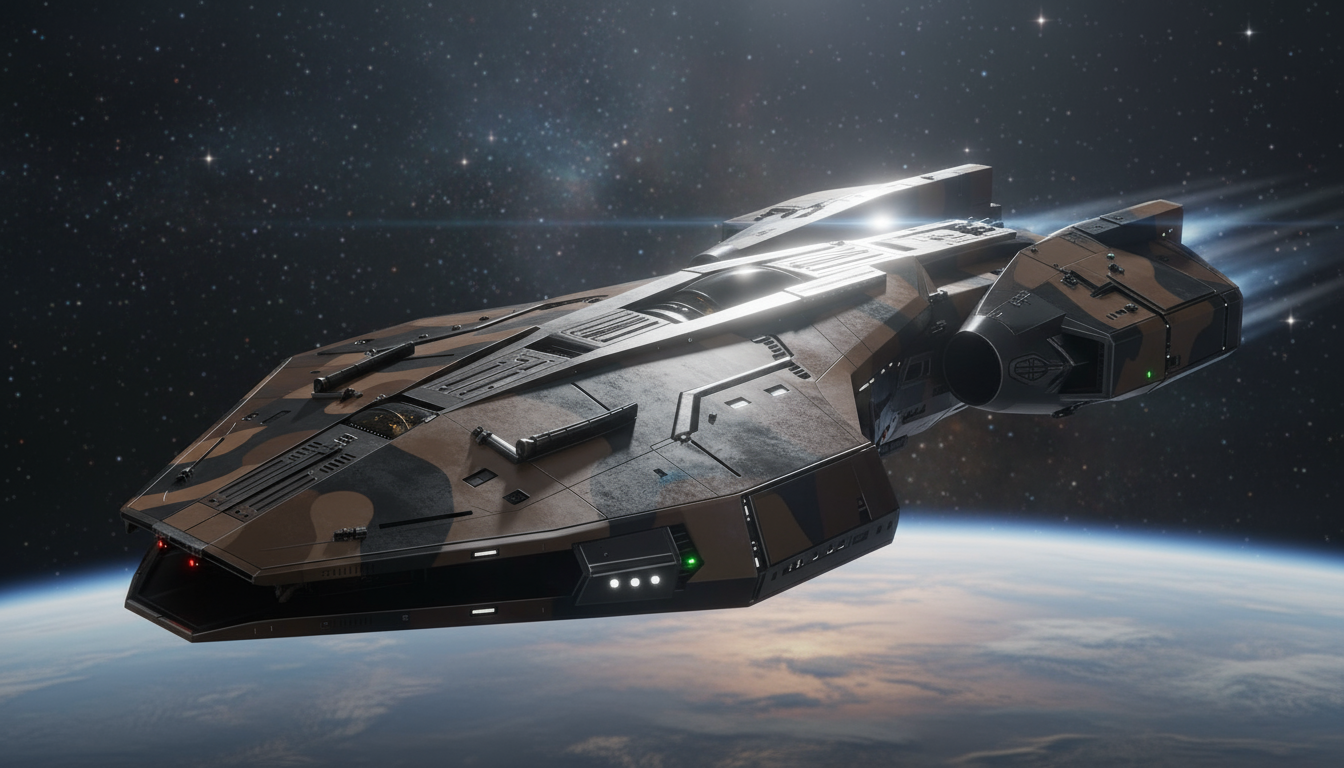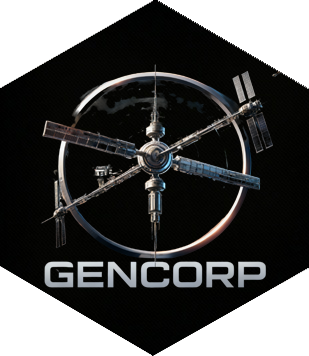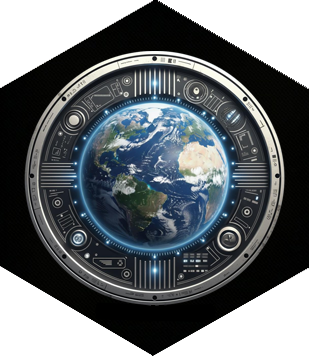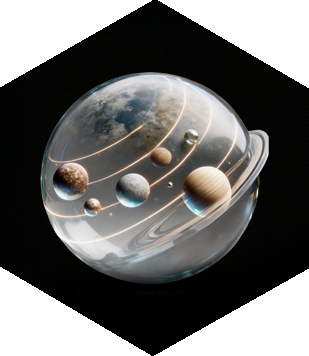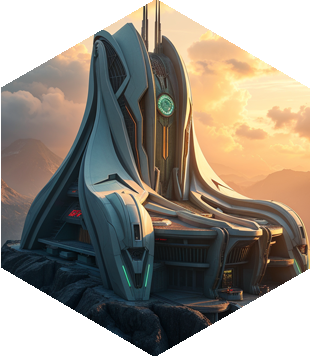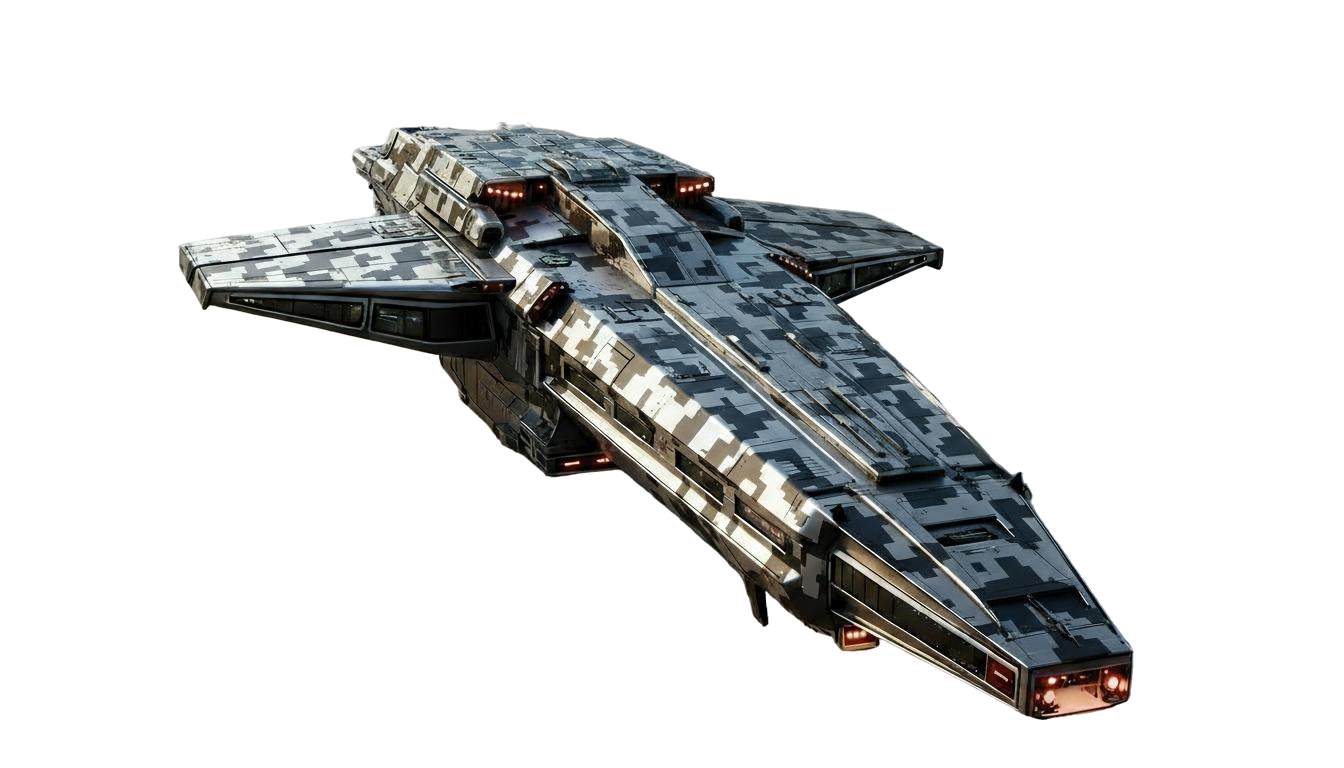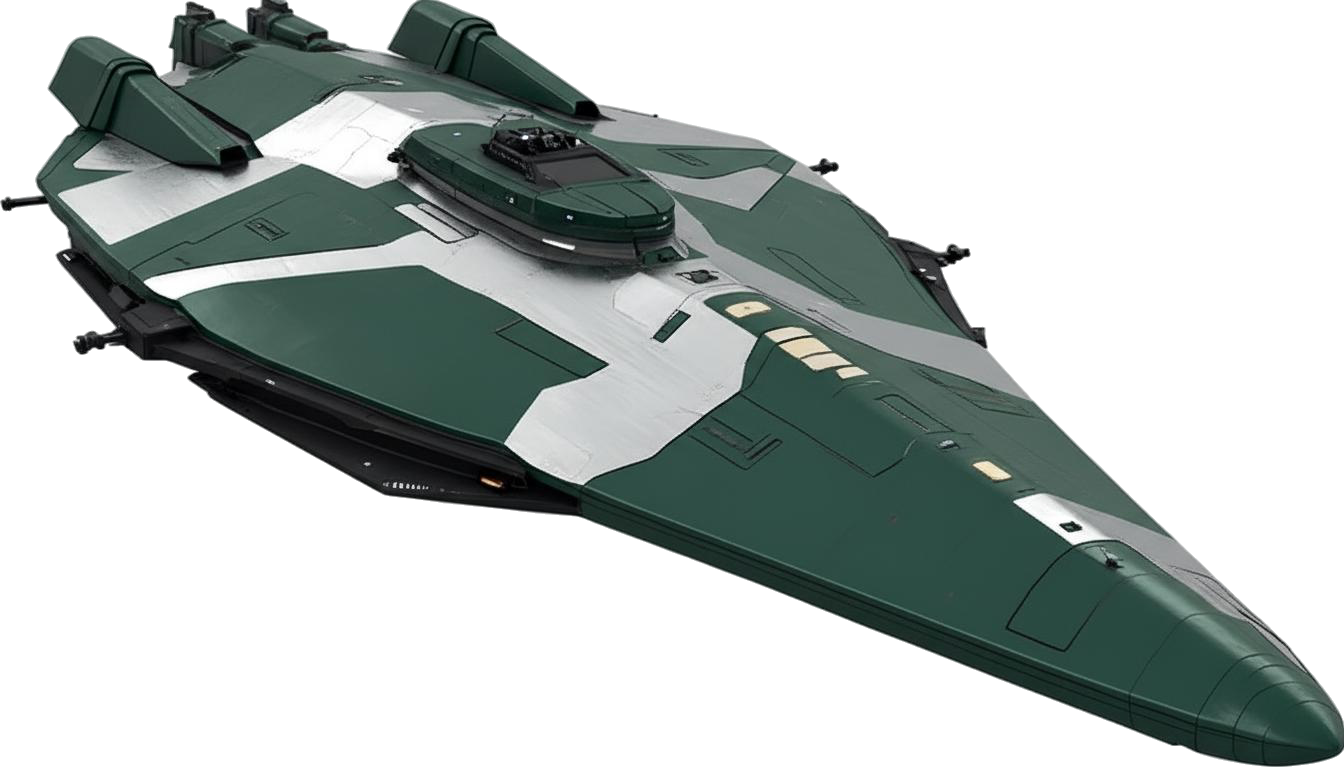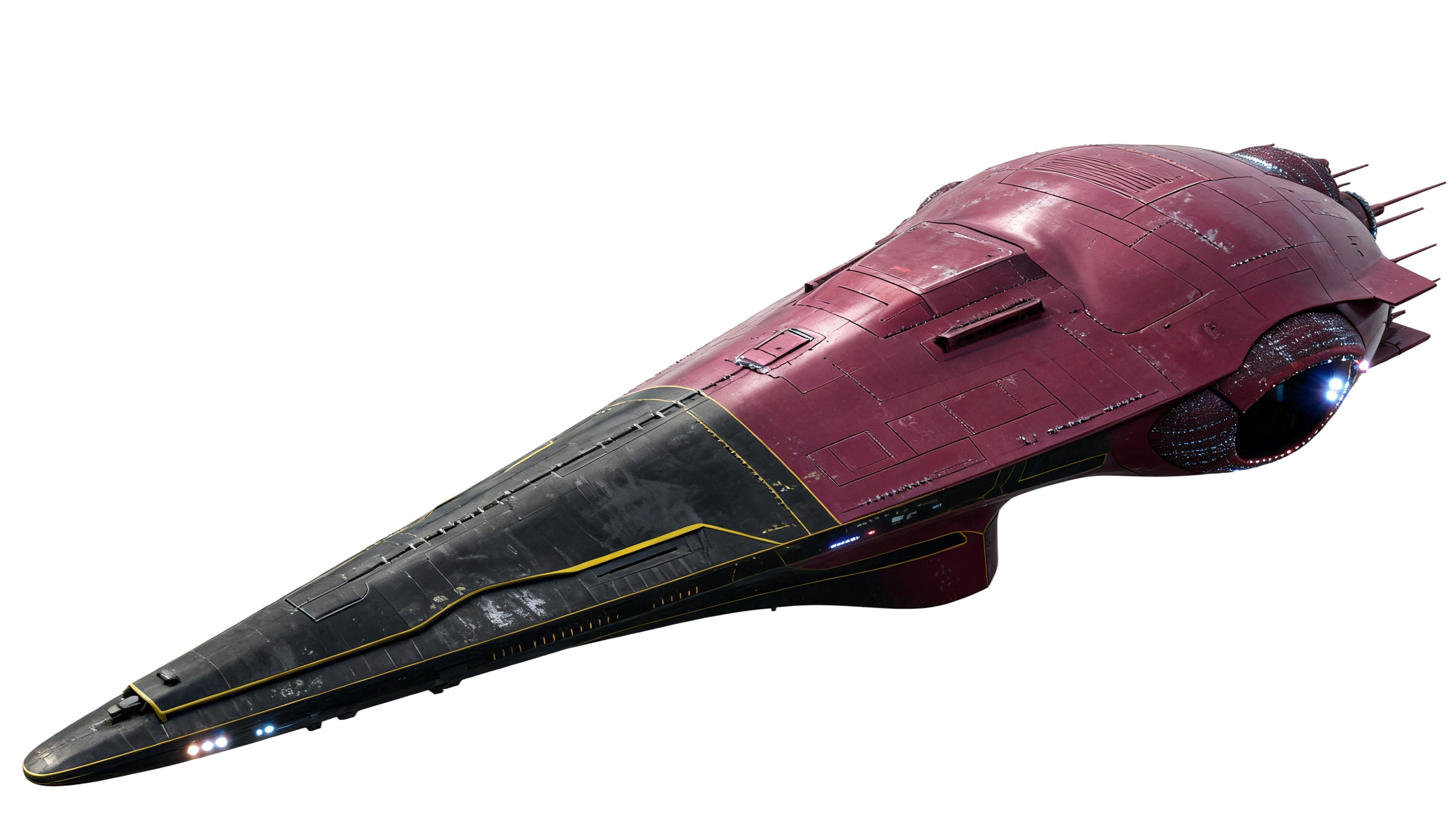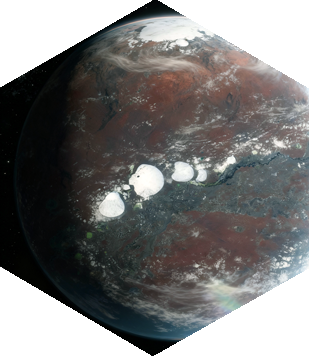Arab League
The Arab League holds a distinctive place in human history, characterized by its resilience, adaptation, and transformation in the face of both global and interstellar challenges. Evolving from a coalition of Arab nations into an influential player in the expansion of human civilization into space, the League’s journey from the 21st century into the stars highlights its unique cultural identity, economic adaptability, and strategic foresight.
Foundations of the Arab League
Originally founded in 1945 as a regional organization aimed at fostering political, economic, and cultural cooperation among Arab nations, the League of Arab States faced decades of internal division and external pressures. However, as the 21st century unfolded, the global energy transition and advances in renewable technologies forced a redefinition of purpose. By mid-century, the League shifted toward modernization, innovation, and scientific advancement. Member states invested heavily in green technology, infrastructure, and education, preparing the groundwork for their eventual entry into space. Nations such as Saudi Arabia, the UAE, and Qatar became pioneers in solar energy, sustainable urbanism, and space exploration.
The Arab League’s Entry into Space
The Arab League’s foray into space began in earnest during the mid-21st century, with the establishment of the Arab Space Initiative (ASI). Following the models of NASA, China, and the European Union, ASI launched orbital infrastructure, satellites, and lunar projects that set the foundation for interplanetary expansion. The creation of Lunar Base Salah marked a defining moment—an international joint venture for helium-3 mining and fusion-energy development. The base became the League’s first major contribution to the global space economy, positioning it as a leading provider of fusion resources.
Expansion into the Stars
By the 22nd century, the Arab League had become a formal participant in interstellar colonization. Settlements in Tau Ceti and Epsilon Eridani represented the League’s first ventures beyond Sol, established in cooperation with other Terran powers. These colonies were driven by a commitment to economic diversification and sustainable resource development. To support expansion, the League fostered the rise of powerful regional megacorporations such as Al-Nakhla Energy (fusion fuels) and Al-Najm Aerospace (shipbuilding). Together, they became the industrial and economic backbone of the League’s interstellar ambitions.
Cultural Resilience and Identity in the Stars
Even as they ventured into space, the Arab League’s colonies retained strong cultural continuity. Settlements were renowned for their fusion of Islamic architecture, art, and social tradition with advanced engineering. The souks, medinas, and mosques of old Earth were reimagined in domed arcologies and terraformed deserts of the stars. The League became a leader in terraforming arid worlds, applying centuries of desert knowledge to transform lifeless plains into vibrant ecosystems. Projects like Al-Waha became icons of sustainability and cultural pride, showcasing the League’s enduring harmony between tradition and technology.
Political Unity and Tensions in the Interstellar Age
The expansion into space required new political frameworks. On Earth, the League often struggled to maintain cohesion, but among the stars it found renewed unity under the Interstellar Arab Assembly (IAA). This body served as a governing council for Arab colonies, coordinating trade, diplomacy, and defense across systems. Yet internal tensions persisted—economic disparity between wealthy nations such as Qatar and Saudi Arabia and less-developed members like Yemen and Sudan created friction. The IAA became a balancing mechanism, redistributing resources and enforcing equitable development across League territories.
Economic Strength and Influence in the Terran Core
Economically, the Arab League became one of the pillars of the Terran Core. Its expertise in fusion energy, helium-3 production, and atmospheric engineering sustained both Earth and the colonies. The League also emerged as a critical intermediary in interstellar trade, leveraging its energy wealth and neutrality to mediate disputes between rival blocs. Its corporations, particularly Al-Nakhla Energy, remained major players in energy and resource logistics, maintaining a steady influence across the Core economy.
Diplomacy and Cultural Soft Power
Politically, the League evolved into a respected mediator among major powers. By the 23rd century, it held observer status or full participation in multiple Terran Core councils, balancing relations between the United States, China, the Pan-African Union, and the Omnium. Its colonies projected not just economic might but cultural sophistication—embassies and trade stations serving as centers of Arabic art, cuisine, and philosophy across human space.
Legacy and Influence in the Twilight Run Universe
The Arab League’s interstellar legacy is one of adaptability, foresight, and identity preservation. It overcame the turbulence of its early centuries to emerge as a bridge between old Earth and the new frontiers of human expansion. Its colonies, though fewer in number than other blocs, thrive as cultural and economic hubs—models of sustainable living and interstellar cooperation. In the age of the Twilight Run, the Arab League remains a beacon of resilience, its people carrying the light of a civilization that has endured from the sands of Arabia to the stars themselves.
